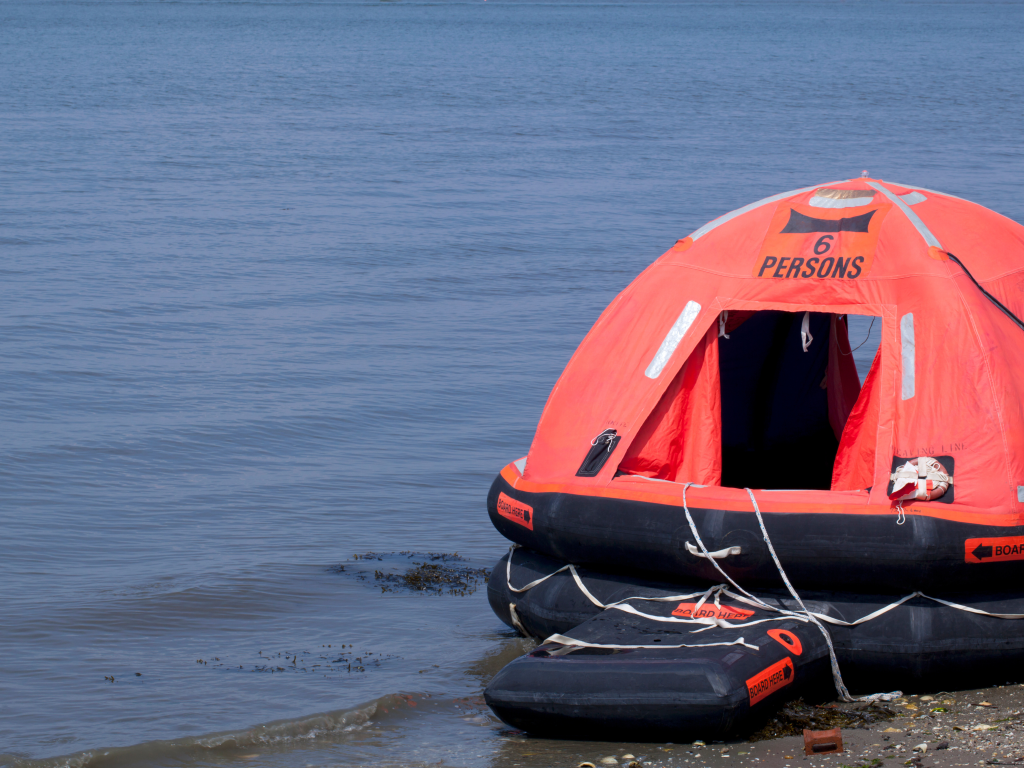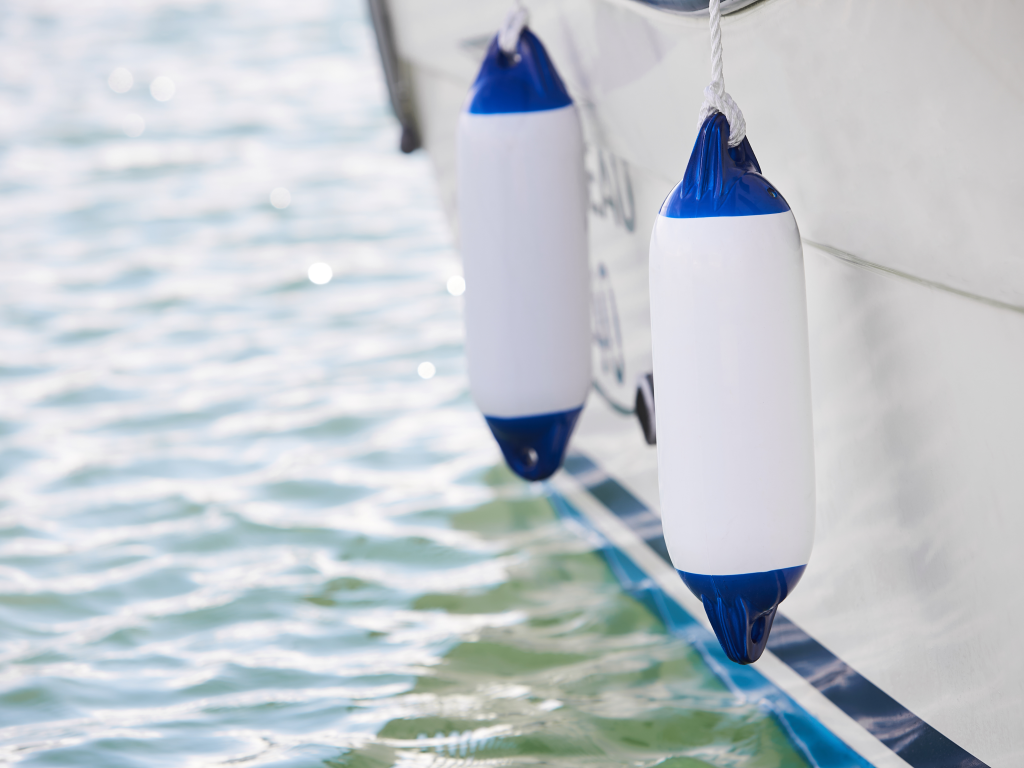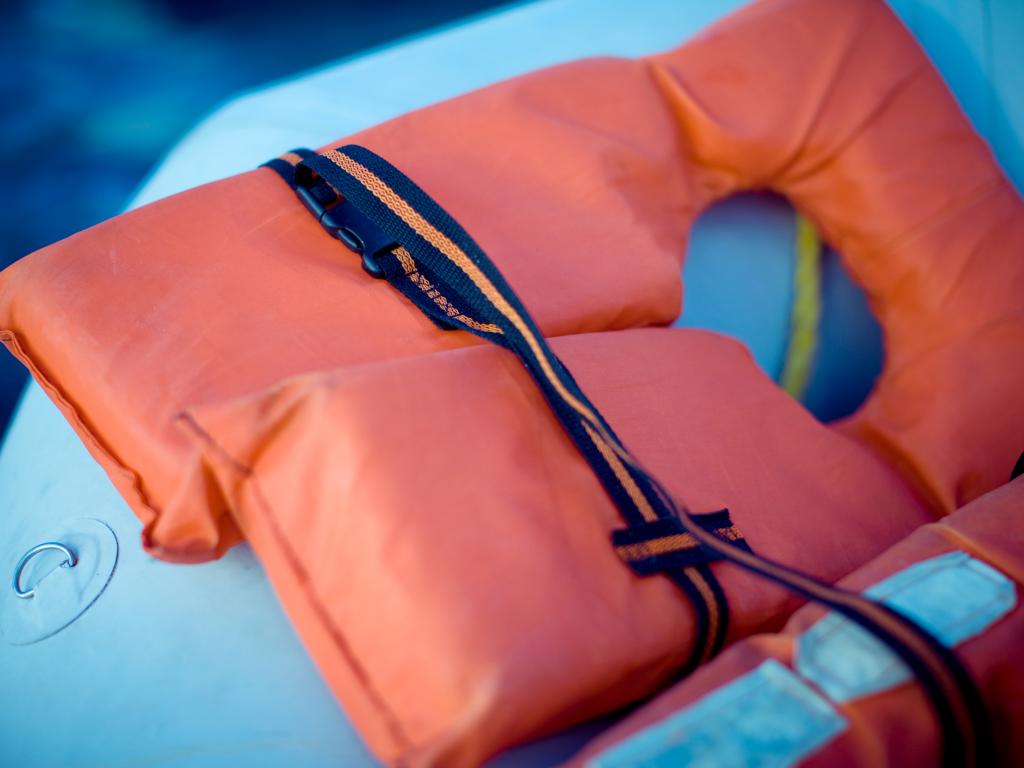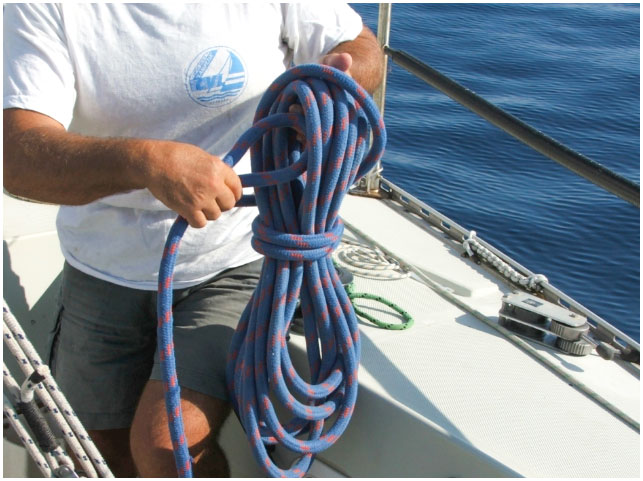There are countless online guides explaining how to clean hulls, tubes, decks, and so on:
boat cleaning is essential to keep them efficient, safe, and aesthetically
pleasing. Consider all the disadvantages of a hull encrusted with vegetation, or
how much neglecting the wooden deck cleaning for too long can decrease a boat’s value.
But it’s not just the structure of our boats that needs regular cleaning: it
should be emphasized that everything we bring aboard when we arrive at our
berth is threatened by the same elements, from salt onwards. This is why it becomes
necessary to also plan the cleaning of onboard equipment, taking care to use the most
suitable cleaning products to restore them to their original condition.

Cleaning the fenders
Let’s start with these essential mooring partners: among the docks of our tourist port
in Genoa, you can see spotlessly clean fenders and fenders that would need a
good cleaning session, as well as other fenders wisely protected by their covers.
But how should we approach fender cleaning, which is also useful for keeping
our boat’s hull clean over time? Letting dirt take over the surfaces of
these spacers means allowing the formation of mold and algae, with negative results
in terms of aesthetics, durability, healthiness, and obviously appearance.
For very dirty fenders, it can be helpful to give them an initial “shake” by tying them to
the stern and letting them “bounce” on the water for a few miles. However, proper fender cleaning
can only be done by hand, using a marine vinyl cleaner, preferably
environmentally friendly, and a brush with medium/soft bristles; for the final
pass, you can use a sponge, then rinse.

Cleaning the ropes
The cables used for mooring, the ropes used for sail adjustment, the cables used to tie
fenders or to tow the tender: we all have several meters of cables on board that are subjected
to the action of salt, UV rays, water, marine vegetation, and dirt. To
ensure that ropes, halyards, and sheets last long, to make them softer, and to avoid getting
dirty hands every time you touch them, it’s important to remember to wash them, a process that is also useful
for checking their condition.
It’s good to remember to occasionally rinse the ropes with fresh water to eliminate
salt crystals and algae: once a year, it’s important to do a more thorough cleaning, using a
brush and, when necessary – on not-so-new ropes – with non-aggressive detergent,
with pH between 7 and 9.

Cleaning life jackets
Too often, life jackets end up forgotten inside a locker,
buried under other onboard equipment. It would be good to always ensure, before leaving the
marina, that these fundamental safety equipment items are easily and quickly
accessible, and in perfect condition. For this reason, it’s also advisable to remember to clean
these nautical accessories, so as not to compromise their effectiveness and durability over time. All this
knowing that cleaning life jackets takes very little time: just a few
minutes at the beginning and end of the boating season are sufficient, perhaps during a break at your
home marina.
It will be enough to wipe all parts of the life jackets with fresh water containing non-aggressive
marine detergent, then rinse everything and let it dry thoroughly before storing in a
locker (to ensure not to trigger mold formation).



